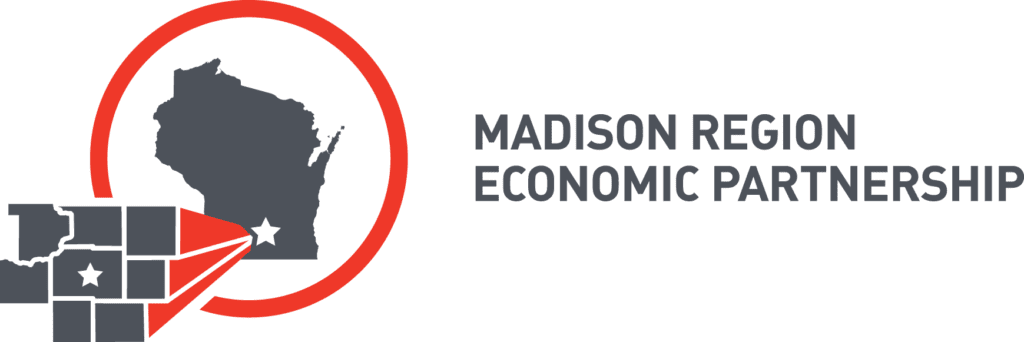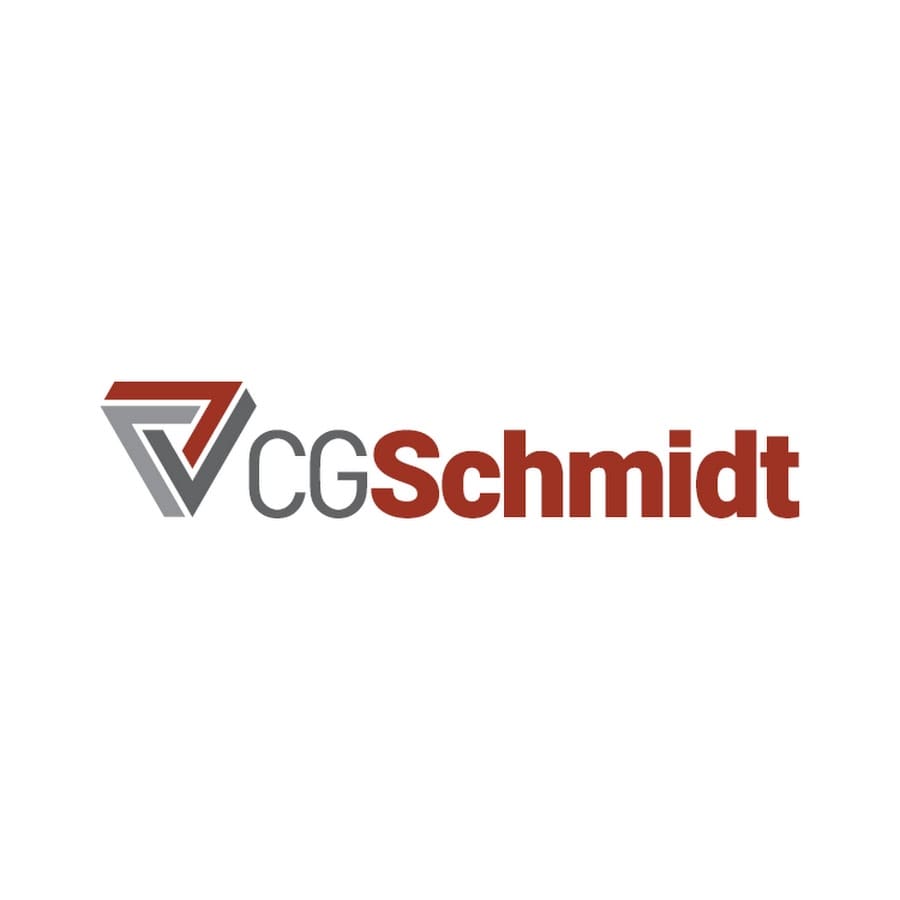Source: uschamber.com
The Coronavirus Aid, Relief, and Economic Security Act (CARES Act), the largest financial assistance bill ever, includes provisions to help small businesses. Here are the highlights.
By: Sean Ludwig, Contributor

The coronavirus pandemic has created uncertainty and stress for many American small businesses. Part of the government’s response to assist businesses during this time is the recent passage of the Coronavirus Aid, Relief, and Economic Security Act (CARES Act).
With a massive $2 trillion allocated for businesses, individuals, federal agencies, and state and local governments, the CARES Act has been designed to distribute capital quickly and broadly. There are a number of provisions that impact small businesses. Here’s a breakdown of what you need to know:
Paycheck Protection Program
The Paycheck Protection Program, one of the largest sections of the CARES Act, is the most important provision in the new stimulus bill for most small businesses. This new program sets aside $350 billion in government-backed loans, and it is modeled after the existing SBA 7(a) loan program many businesses already know.
How does the program work?
Currently, the SBA guarantees small business loans that are given out by a network of more than 800 lenders across the U.S. The Paycheck Protection Program creates a type of emergency loan that can be forgiven when used to maintain payroll through June and expands the network beyond SBA so that more banks, credit unions and lenders can issue those loans. The basic purpose is to incentivize small businesses to not lay off workers and to rehire laid-off workers that lost jobs due to COVID-19 disruptions.
What types of businesses are eligible?
The Paycheck Protection Program offers loans for small businesses with fewer than 500 employees, select types of businesses with fewer than 1,500 employees, 501(c)(3) non-profits with fewer than 500 workers and some 501(c)(19) veteran organizations. Additionally, the self-employed, sole proprietors, and freelance and gig economy workers are also eligible to apply. Businesses, even without a personal guarantee or collateral, can get a loan as long as they were operational on February 15, 2020.
How big of a loan can I get and what are the terms?
The maximum loan amount under the Paycheck Protection Act is $10 million, with an interest rate no higher than 4%. No personal guarantee or collateral is required for the loan. The lenders are expected to defer fees, principal and interest for no less than six months and no more than one year.
Can these loans be forgiven?
Yes, small businesses that take out these loans can get some or all of their loans forgiven. Generally speaking, as long as employers continue paying employees at normal levels during the eight weeks following the origination of the loan, then the amount they spent on payroll costs (excluding costs for any compensation above $100,000 annually), mortgage interest, rent payments and utility payments can be combined and that portion of the loan will be forgiven.
Read our full coverage of the federal government’s coronavirus stimulus package
Changes to the SBA’s Economic Injury Disaster Loans (EIDLs)
Another important aspect of the CARES Act for small businesses is that it expands eligibility for the SBA’s Economic Injury Disaster Loans (EIDLs). In early March, the SBA’s disaster loan program was extended to all small businesses affected by COVID-19, but the CARES Act opens this program up further and makes it easier to apply.
These changes include:
- EIDLs are now also available to Tribal businesses, cooperatives, and ESOPs with fewer than 500 employees. They are also available to all non-profit organizations, including 501(c)(6)s, and to individuals operating as sole proprietors or independent contractors.
- EIDLs can be approved by the SBA based solely on an applicant’s credit score.
- EIDLs that are smaller than $200,000 can be approved without a personal guarantee.
- Borrowers can receive a $10,000 emergency grant cash advance that can be forgiven if spent on paid leave, maintaining payroll, increased costs due to supply chain disruption, mortgage or lease payments or repaying obligations that cannot be met due to revenue losses.
For everything you need to know about applying for a small business loan, see the U.S. Chamber’s Small Business Loan Guide.
Can a business get an EIDL and a Paycheck Protection Program loan?
Yes, small businesses can get both an EIDL and a Paycheck Protection Program loan as long as they don’t pay for the same expenses. However, be sure to check with your financial advisor or lender before taking both types of loans if you are not sure of the specifics.
The CARES Act makes select changes to taxes and tax policies in order to ease the burden on businesses impacted by COVID-19.
Coronavirus Guide for Small Businesses
CO— is working to bring you the best resources and information to help you navigate this challenging time. Read on for our complete coronavirus coverage.
Business tax changes
The CARES Act makes select changes to taxes and tax policies in order to ease the burden on businesses impacted by COVID-19. These changes include:
- Businesses are eligible for an employee retention tax credit if 1.) your business operations were fully or partially suspended due to a COVID-19 shut-down order; or 2.) gross receipts declined by more than 50% compared to the same quarter in the prior year. Eligible businesses can get a refundable 50% tax credit on wages up to $10,000 per employee. The credit can be obtained on wages paid or incurred from March 13, 2020, through December 31, 2020.
- Businesses and self-employed individuals can delay their payroll tax payments. These payments, the employer share of Social Security tax owed for 2020, can instead be deferred and paid over the next two years. Fifty percent must be paid by the end of 2021 and 50% must be paid by the end of 2022. (Note: The ability to defer these taxes does not apply to a business that has a Paycheck Protection loan forgiven.)
- Businesses that have net operating losses (NOLs) have some limitations relaxed. If your business had an NOL in a tax year beginning in 2018, 2019, or 2020, that NOL can be now be carried back five years instead. This may improve cash flow and liquidity for some businesses. Pass-through businesses and sole proprietors will also be able to take advantage of the relaxed NOL limitations.
- Businesses that were due to receive corporate alternative minimum tax (AMT) credits at the end of 2021 can instead claim a refund now, in order to improve cash flow during the COVID-19 emergency.
- Businesses will be able to increase their business interest expense deductions on their tax returns. For 2019 and 2020, the amount of interest expense businesses are allowed to deduct on their tax returns is increased to 50% from 30% of taxable income.
- Businesses, especially those in the hospitality industry, will be able to immediately write off costs associated with improving facilities, increasing cash flow.
- The government will make a temporary exception from the excise tax normally applied to alcohol, if that alcohol was used to produce hand sanitizer in 2020.
Many of these changes will apply to small businesses all over the country, so it is vital to discuss with a tax professional which can apply to your company.
Changes to paid sick leave and paid FMLA leave from the Families First Coronavirus Response Act
The CARES Act makes small changes to the Families First Coronavirus Response Act (FFCRA)in regards to paid sick leave, paid FMLA and more. These changes include:
- Paid family and medical leave (FMLA) under the FFCRA is capped at $200 per day and $10,000 total per employee.
- Paid sick leave under the FFCRA is capped at $511 per day and $5,110 total per employee. This amount drops to $200 per day and $2000 total for sick leave taken by an employee in order to care for a family member in quarantine or care for a child whose school has closed.
- Workers that were laid off after March 1, 2020, but then rehired, are eligible for paid FMLA leave provisions described in the FFCRA immediately instead of needing to be an employee for 30 days.
- Businesses can keep money that they would have deposited for payroll taxes in anticipation of refunds from the Treasury Department for paid sick leave and paid FMLA leave outlined by the FFCRA, including amounts that would have been refunded later.
For more resources from the U.S. Chamber of Commerce:
- Check out the U.S. Chamber’s Small Business Loan Guide.
- To help you manage your business through the coronavirus crisis, the U.S. Chamber of Commerce has created a toolkit for businesses and a customizable flyer for businesses to communicate their coronavirus efforts to customers.
- For more information pertaining to your specific location, you can find your local Chamber of Commerce here.
CO— aims to bring you inspiration from leading respected experts. However, before making any business decision, you should consult a professional who can advise you based on your individual situation.


